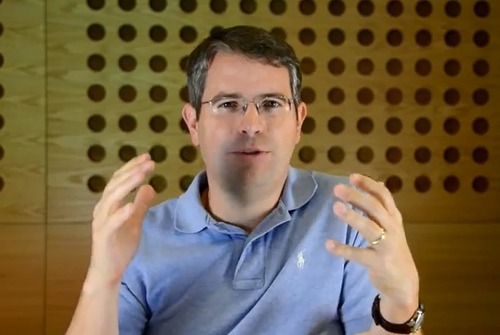How Martin Smith Uses Scoop.it To Find Content Marketing’s Over / Under
Visual Marketing Over/Under or How I Use Scoop.it
Friends like Phil Buckley and Mark Traphagen are curious about how and why I use Scoop.it. This G+ post shares a detailed analysis of how Scoop.it helps reduce #contentmarketing risks, provides fast feedback to influence social media marketing and creates a safe envrionment to test assumptions, create validated learning and learn fast.
























